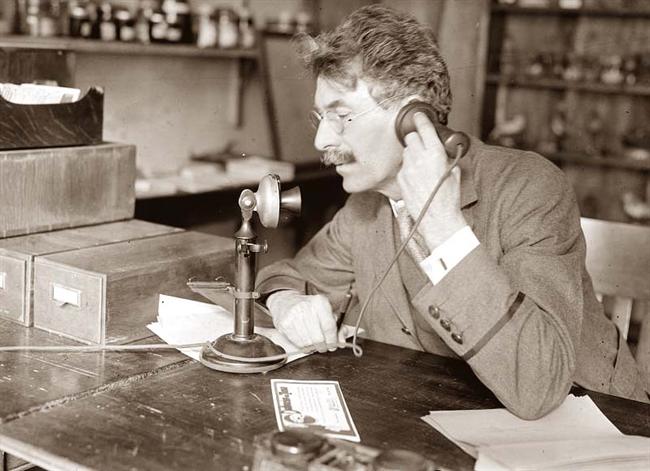Digital marketing and social media changes rapidly. Behaviors that are innovative and trending one year become staid and irritating the next. New social media networks seem to rise out of nowhere to become exceedingly popular, and networks continually
These are some of the obsolete tactics that savvy PR and marketing have dropped.
Seeking boat loads of LinkedIn connections. Not long ago, someone with a large number of LinkedIn contacts was perceived as a social media superstar. Now, someone with over thousand contacts may be viewed as a connections collector and perhaps even an online spammer, says Ross Simmonds, CEO & co-founder of content curation platform Crate.
The link with thousands ploy is one of the social tactics that are “going away like a landline,” he writes in a post for Convince & Convert. Marketing experts advise against connecting with complete strangers on LinkedIn. The practice also violates LinkedIn’s user agreement.
Auto direct messages. Sending automated direct messages on Twitter was initially a successful tactic. Automated tools let Twitter users easily send messages such as “Thanks for following” along with “check out our products.” The problem is that Twitter users already realize that the messages are automated. Many Twitter users unfollow anyone sending an automated message.
Keyword stuffing. Filling social media posts and tweets with keywords used to increase reach and produce positive results. Not anymore. Write posts and tweets in conventional language to get best results. Write to engage and get comments.
Hashtag stuffing. Because Twitter is now filled with millions of people and thousands of bots, multiple hashtags don’t generate the same results. Using the most popular hashtags generates more engagement with bots than with real users or potential customers. The preferred strategy? Employ the more specialized hashtags to better target people who are more interested and involved in the subject, Simmonds says.
Marketing through too many networks. In the early days, marketers were active on a range of different social media platforms. Website managers added a plethora of social media buttons to their pages, hoping that more buttons equaled more social sharing. Adding too many social buttons to your site can hurt your traffic, warns digital marketing expert Neil Patel in a Quick Sprout blog post. When he tested placing three, four and five different social media options, he found that reducing the number of buttons from five to three increased his click-through rate by 11%.
“So, instead of treating your site like Nascar and promoting every social site out there, focus on just three,” Patel advises.
Gaming follower counts. A large number of followers looks impressive and feels satisfying. Many marketers sought to develop larger numbers of followers – and some still do – simply for the sake of attracting large followings. Some even purchased followers. Social platforms can now compute engagement ratios. A brand with a poor ratio will see its content appear before users less; traffic will be less than a competitor with fewer followers who are more engaged.
Being impressed by impressions. Impressions became one of the standards of media measurement. However, the impressions metric only counts how many people (and bots) potentially had the opportunity to see your post or other type of content. Other metrics such as engagement and time spent on page are more informative.
“The impressions prove meaningless if half of those potential viewers aren’t online when the content appears–or more importantly, aren’t engaging with that content,” argues Brad Lawless, vice president of social strategy at Collective Bias.
Bottom Line: Re-evaluate your tactics if you’re still using these outdated social media practices. They’re going out of fashion along with telephone landlines. Knowledgeable marketers have already left them behind.
What other once popular social media tactics have become obsolete? Please comment below.
William J. Comcowich founded and served as CEO of CyberAlert LLC, the predecessor of Glean.info. He is currently serving as Interim CEO and member of the Board of Directors. Glean.info provides customized media monitoring, media measurement and analytics solutions across all types of traditional and social media.





